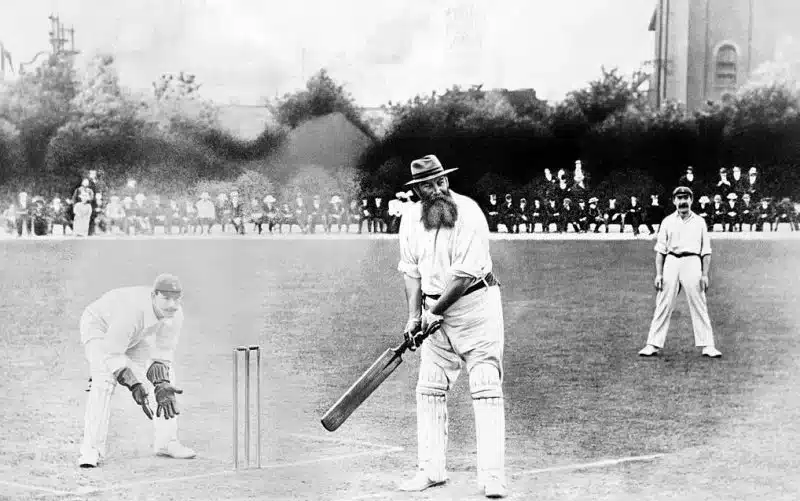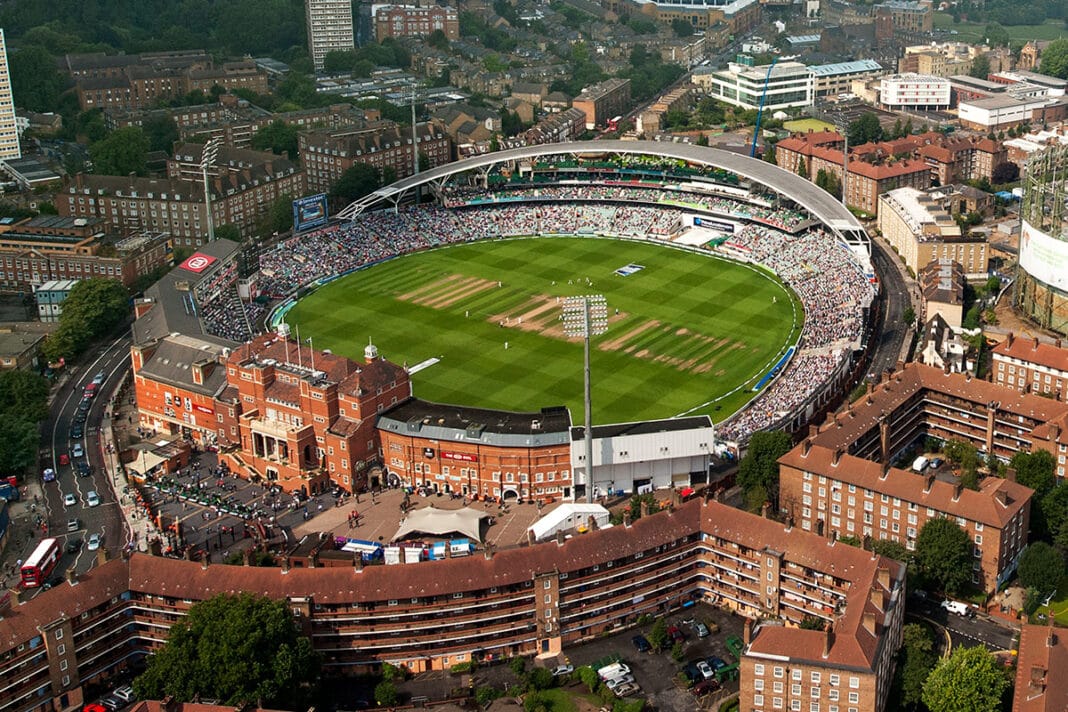It’s Ashes time!
Arguably one of the sports’ most important and fierce rivalries, with origins dating back to 1882 when Australia defeated England for the first time on English soil.
Since then, the term ‘ashes’ has been used to describe the death of English cricket.
In lieu of the current ongoing Ashes series, one feels it is important to delve into the importance of timber within the annals of the cricketing world.
More specifically, the evolution of cricketing bats!
Bats have evolved, like everything, to become lighter, more powerful, sleeker and simply better as technology has improved.
Today, we will explore the origins of the bat, from the late 1800s, through the entirety of the 20th century and explore the changes in the more aggressive, shorter modern formats of this illustrious of sports.
The development of a cricket bat
The origins of the cricket bat date back to 1620, but one constant remains – English Willow!
A tough yet light timber, willow was perfect in the face of adversity when surviving the rigours of batting many hours on end.
The average bat weighed approximately 5 pounds from a Willow Tree’s heartwood.

This gave it a recognisable dark colour, especially compared to today’s lighter-coloured bats.
As the necessity for a lighter bat became apparent, manufacturers sourced the sapwood of a Willow tree.
They created more lightweight bats, both in colour and weight.
Manufacturers soon discovered the importance of moisture-free willow when designing lighter bats.
Ensuring minimal moisture was contained within the willow led to bats becoming lighter yet still maintaining their power.
This allowed batsmen more freedom to play square of the wicket and hold the power associated with a front-foot drive.
Mid-20th century and the onset of limited-overs cricket
The cricket landscape changed during the 1970s, as limited-overs cricket was introduced and its popularity grew.
The demand for lighter, more potent bats allowing batsmen to score quickly, was high.
As the technology evolved, many variations of traditional bats were introduced: shoulderless and polycarbonate hybrid bats.
Head and shoulderless above the rest
Slazenger introduced shoulderless bats during the 1960s, originally a marketing ploy where the bat’s design incorporated narrower, rounded edges.
Lance Cairns infamously smashed the fastest ODI 50 (at the time) off 21 balls, utilising the shoulderless wooden design.
Undoubtedly an unexpected positive for the bat’s designer.
Aluminium – Can I use it?
A short-lived but well-known woodenless, 100% aluminium bat was utilised in the 1980s.
Former Australian fast bowler Dennis Lillee used a metal bat briefly in 1979.

Laws of the game ruled against the continued use of an all-metal bat, rendering it illegal.
Designs quickly focused on improving timber designs to enhance the development of the bat further.
Turbo time!
During the 1980s, a two-pieced cricket bat was designed by John Surridge.
Essentially the bat was formed by two pieces of willow glued together to drastically improve the power transfer within the bat, reducing the flex.
Graham Gooch, the former English batsman, utilised the ‘Turbo’ to score 333 against India in 1990.
They probably benefited from the extra power!
Hybrid – Two for the Price of One
With the turn of the century, batsmen benefited from technological designs incorporating polycarbonate hybrids.
Bat manufacturers have tinkered with designs in recent decades, implementing polycarbonate spines, handles and other differing designs.
Helping batsmen greatly, many of these new designs have led to modifications of the Laws of the Game.
These changes are striving to ensure that competition between Bat and Ball remains fair, not providing an added edge to batsmen over bowlers.
For years, willow has been the priority choice for bat design.
The need to enhance bats has evolved as technology has improved and the game has shifted focus to shorter formats.
It’s good for the game, but this cricketing traditionalist prefers a closer battle between bat and ball in the longer Test Match arena.
Yes, ODIs and T20s are entertaining, but Test Matches remain the theatre of dreams for the cricketing world.
Time at the crease is essential…Willow in bats is as well!
Wood Central Publisher Note
In 2013, the Wood Central publisher was invited into the Marylebone Cricket Club’s (MCC) historic Long Room where he enjoyed three days of the 2013 Ashes Test Match at Lord’s Cricket Ground.

The Long Room is steeped with history and tradition and is lined from ceiling to floor with elegant timbers.
For more than a century MCC members have occupied the wooden benches in the Victorian pavilion – with the pavilion one of six grandstands that occupy the Grounds.
The publisher observed MCC members, of varying ages and fame, sitting informally on elegant timber benches and stools and applauding the game.
Lord’s Cricket Ground has emerged as a global leader in the push to lower carbon emissions in stadium construction and operation with Wood Central previously covering their mass-timber-led master plan.







